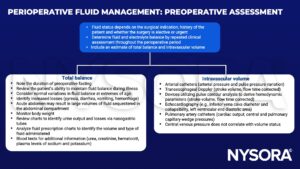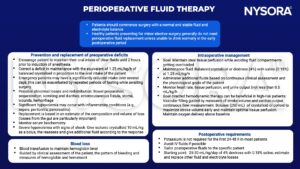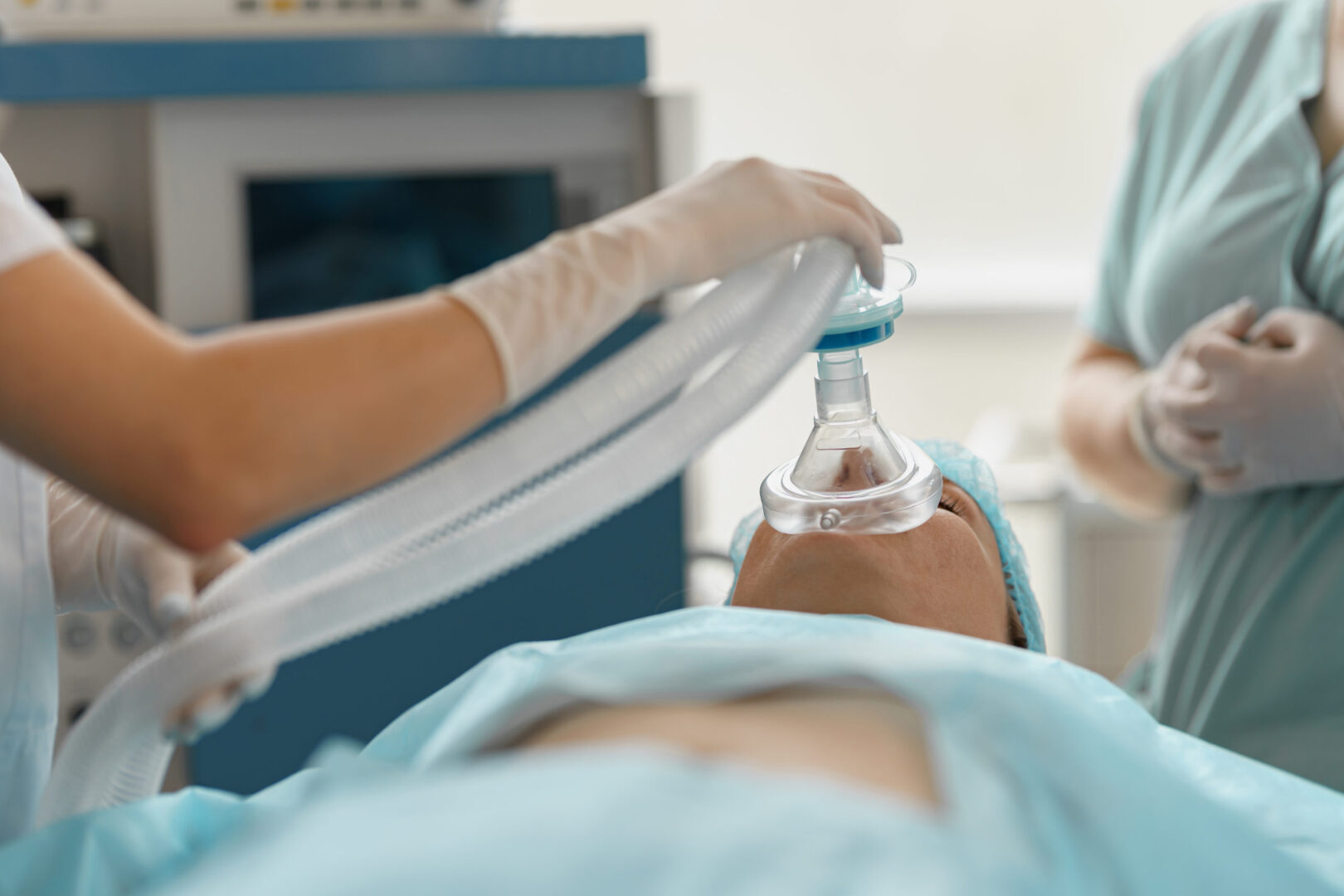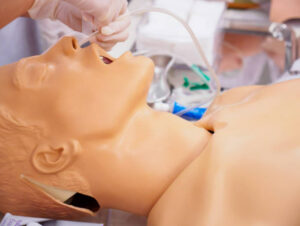Learning objectives
- Describe the fluid compartments and the distribution of fluid and electrolytes
- Manage the fluid and electrolyte balance in surgical patients
Background
- Body water content varies with age and gender:
TBW (% body weight) ICF (% body weight) ECF (% body weight)
Neonate 75 40 35
Infant 70 40 30
Adult male 60 40 20
Adult female 55 35 20
Elderly female 45 30 15
- Approximately two-thirds of total body water (TBW) is intracellular fluid (ICF) and one-third is extracellular fluid (ECF)
- ECF is further divided into interstitial fluid (ISF) and plasma
TBW and electrolyte distribution
- Example of TBW and electrolyte distribution in a healthy 70-kg man:
ICF Interstitial fluid Plasma
Water (L) 28 11 3
Na+ (mmol/L) 10 140 140
K+ (mmol/L) 150 4 4
Ca2+ (mmol/L) / 2.5 2.5
Mg2+ (mmol/L) 26 1.5 1.5
Cl- / 114 114
HCO3- 10 25 25
HPO4(2-) 38 1 1
So4(2-) / 0.5 0.5
Prot- 74 2 16
Redistribution of infused fluids
- The redistribution of infused fluids depends on their composition relative to that of each compartment:
ICF(%) Interstitial fluid (%) Plasma (%)
Saline (0.9% 0 79 21
Dextrose (5%) 67 26 7
Homeostasis maintenance
- Homeostasis maintenance requirements for surgical patients:
- Water: 25-30 mL/kg/day for adults (use ideal body weight for obese patients)
- Sodium: 1 mmol/kg/day, can be administered by:
- 2500 mL of 4% dextrose/0.18% saline over 24 hours
- 2000 mL of 5% dextrose and 500 ml of 0.9% saline over 24 hours
- Potassium: 1 mmol/kg/day
Perioperative fluid management


Suggested reading
- Pollard BJ, Kitchen, G. Handbook of Clinical Anaesthesia. Fourth Edition. CRC Press. 2018. 978-1-4987-6289-2.
- Rassam SS, Counsell DJ. Perioperative electrolyte and fluid balance. Continuing Education in Anaesthesia Critical Care & Pain. 2005;5(5):157-60.
We would love to hear from you. If you should detect any errors, email us [email protected]







